Residential Drainage Maintenance Services
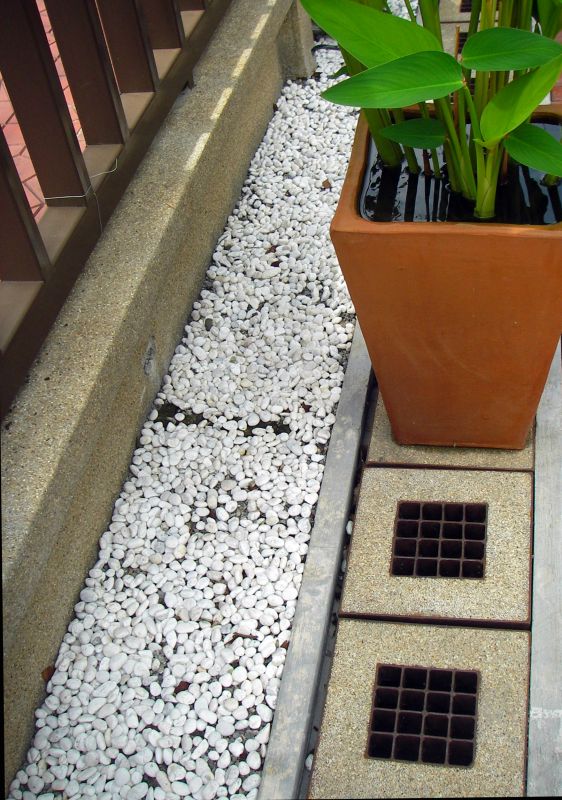
Ways to make Residential Drainage Service work in tight or awkward layouts.
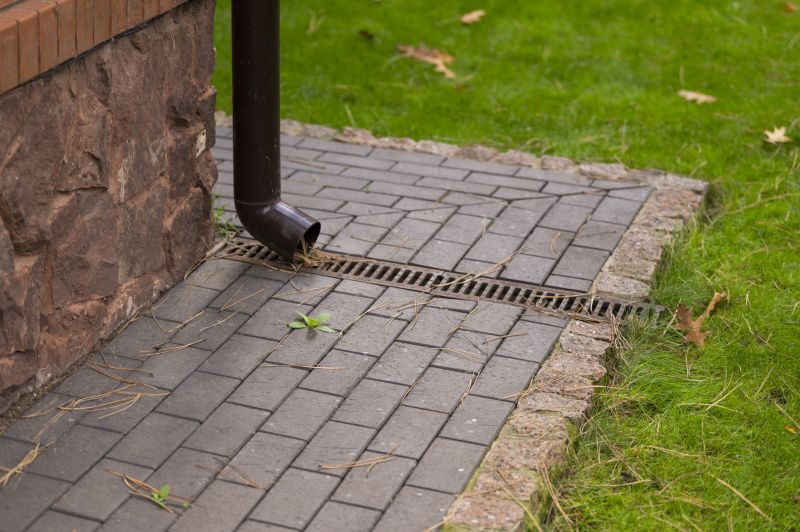
Popular materials for Residential Drainage Service and why they hold up over time.

Simple add-ons that improve Residential Drainage Service without blowing the budget.
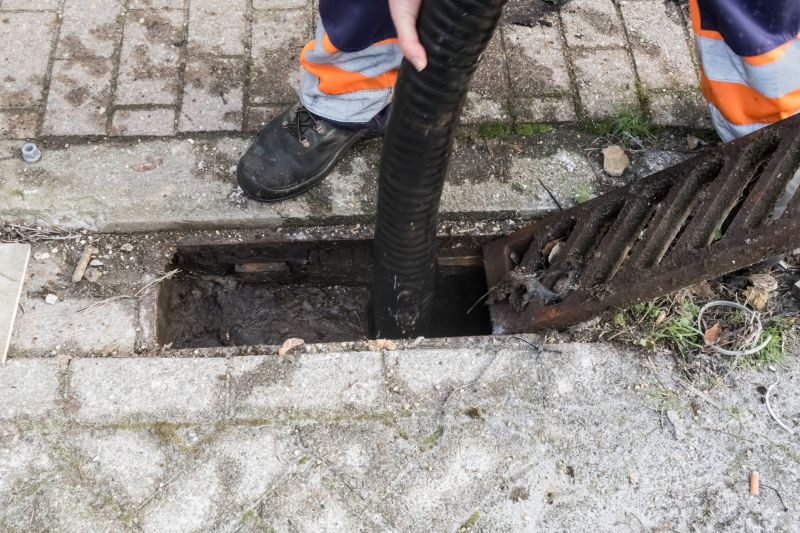
High-end options that actually feel worth it for Residential Drainage Service.
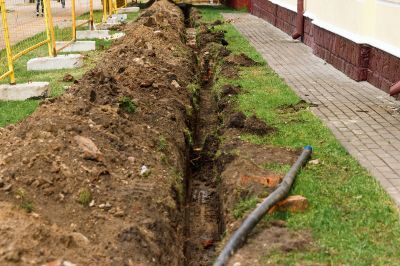
Finishes and colors that play nicely with Residential Drainage Service.
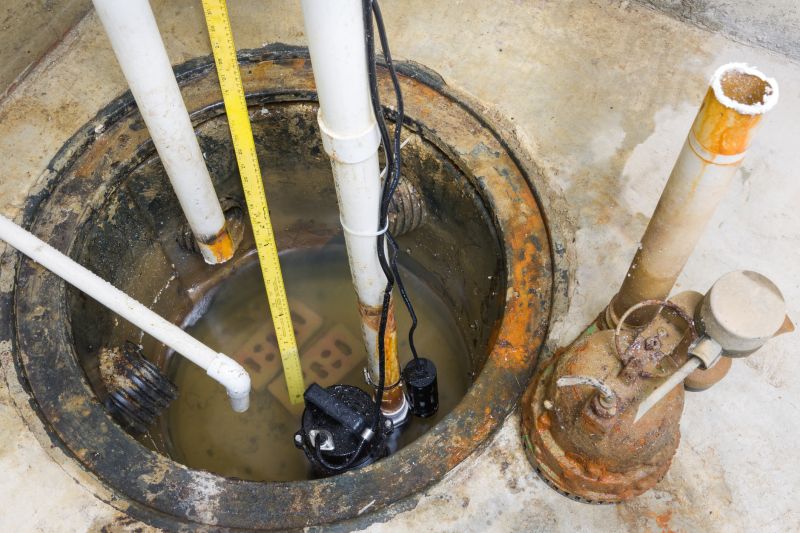
Little measurements that prevent headaches on Residential Drainage Service day.

A 60-second routine that keeps Residential Drainage Service looking new.

A frequent mistake in Residential Drainage Service and how to dodge it.
Residential drainage service involves the inspection, cleaning, and maintenance of drainage systems around a property to prevent water accumulation and related issues. Proper drainage is essential for protecting foundations, landscaping, and preventing water damage. It is especially important in areas prone to heavy rainfall or poor soil drainage. Regular service can help identify potential problems early, reducing costly repairs and ensuring efficient water flow.
Statistics show that neglecting drainage maintenance can lead to significant property damage. Up to 70% of basement flooding incidents are caused by clogged or inadequate drainage systems. Scheduling drainage service during dry periods allows for thorough inspection and repairs without interference from ongoing rain. However, pre- and post-winter checks are also recommended to address freeze-thaw damage and prepare systems for winter conditions.
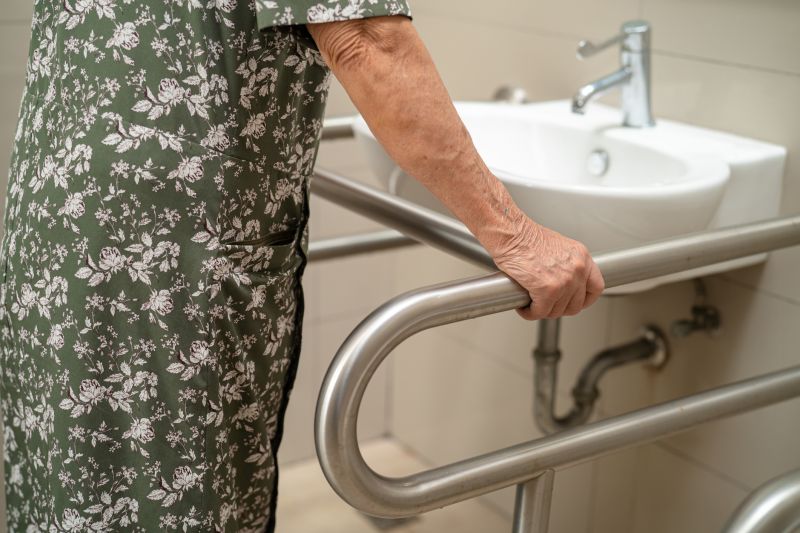
Small tweaks to make Residential Drainage Service safer and easier to use.
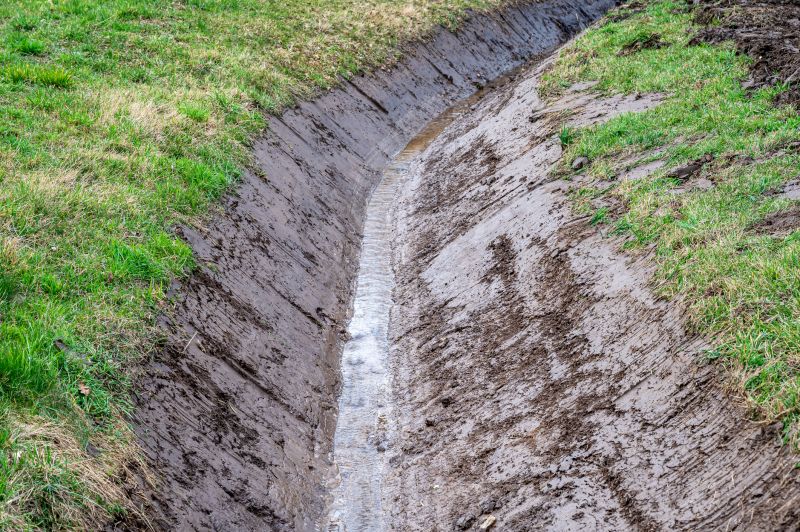
Lower-waste or water-saving choices for Residential Drainage Service.
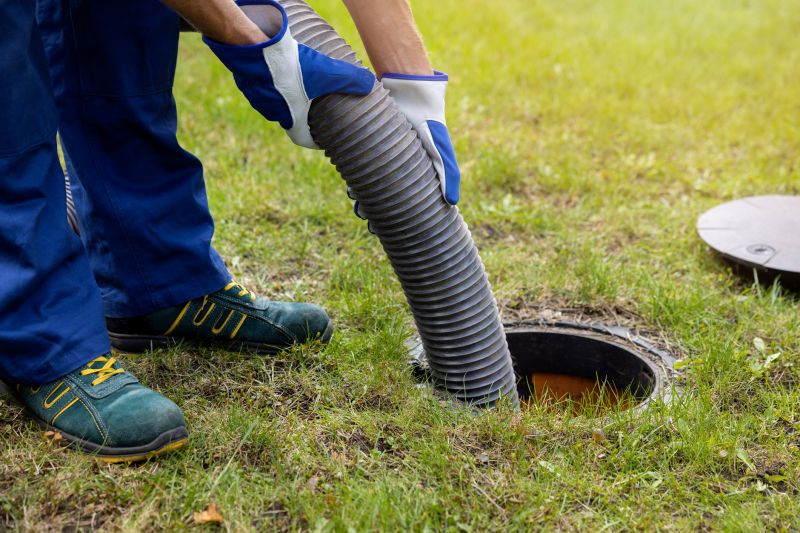
The short, realistic tool list for quality Residential Drainage Service.
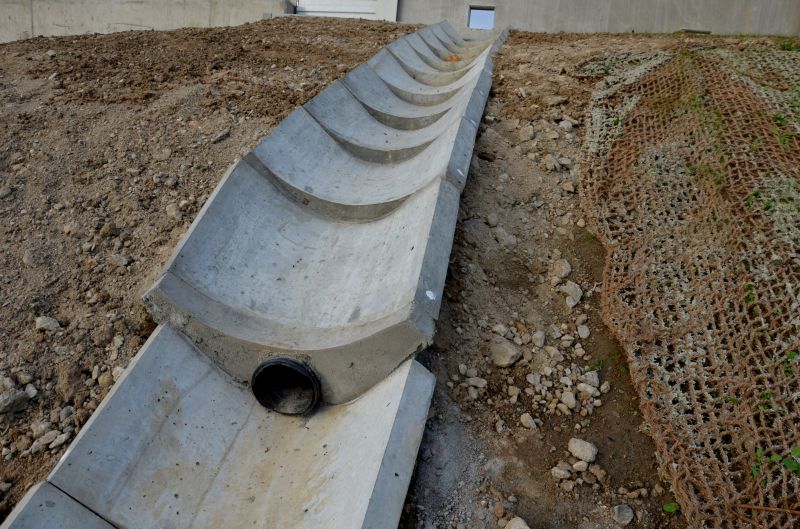
Rough timing from prep to clean-up for Residential Drainage Service.

Quick checks and paperwork to keep after Residential Drainage Service.
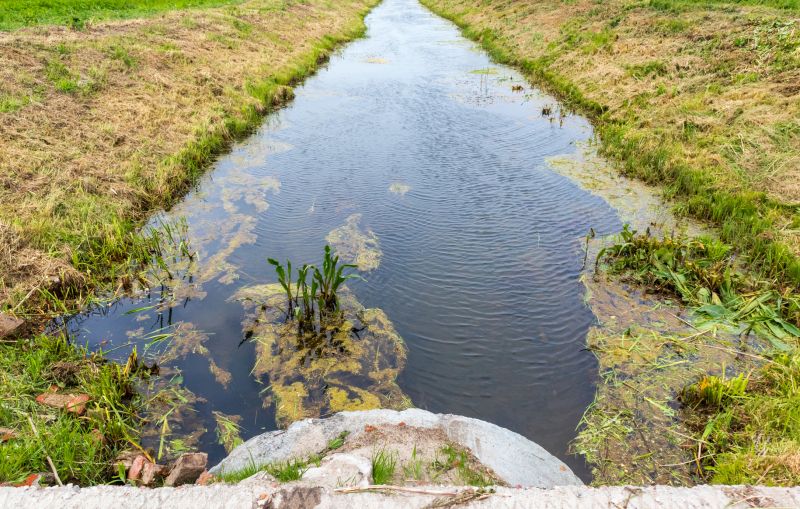
Examples that show the impact a good Residential Drainage Service can make.
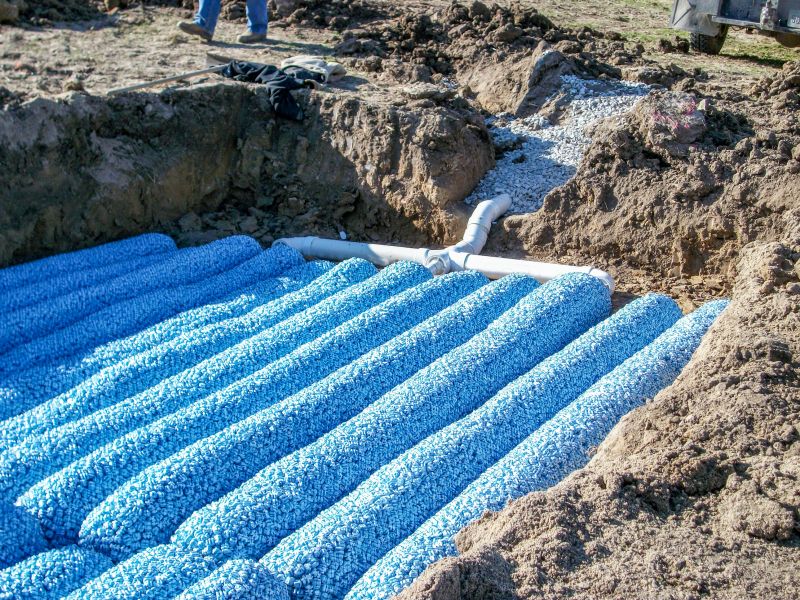
Ways to make Residential Drainage Service work in tight or awkward layouts.
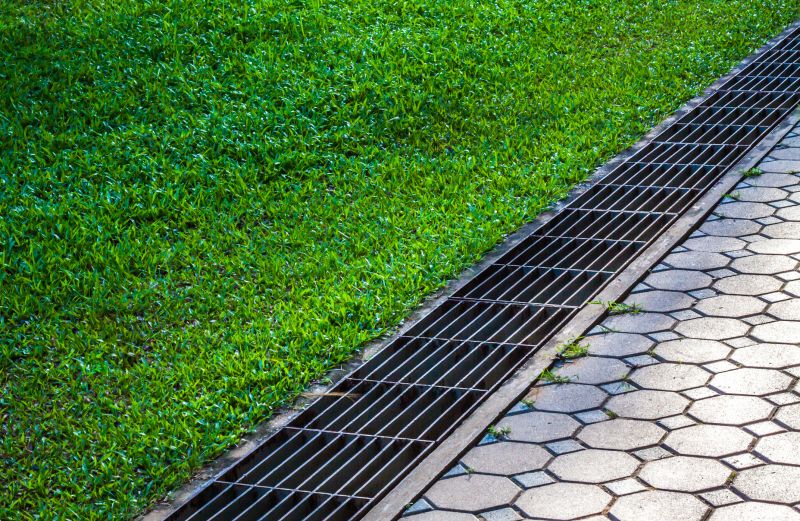
Ways to make Residential Drainage Service work in tight or awkward layouts.
It is best scheduled before heavy rainfall seasons and after winter to address potential damage.
Typically, twice a year is recommended, especially in areas with frequent weather changes.
Signs include pooling water, slow drains, or water damage around the foundation.
Yes, poor drainage can cause water to seep into foundations, leading to structural issues.



